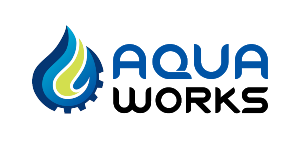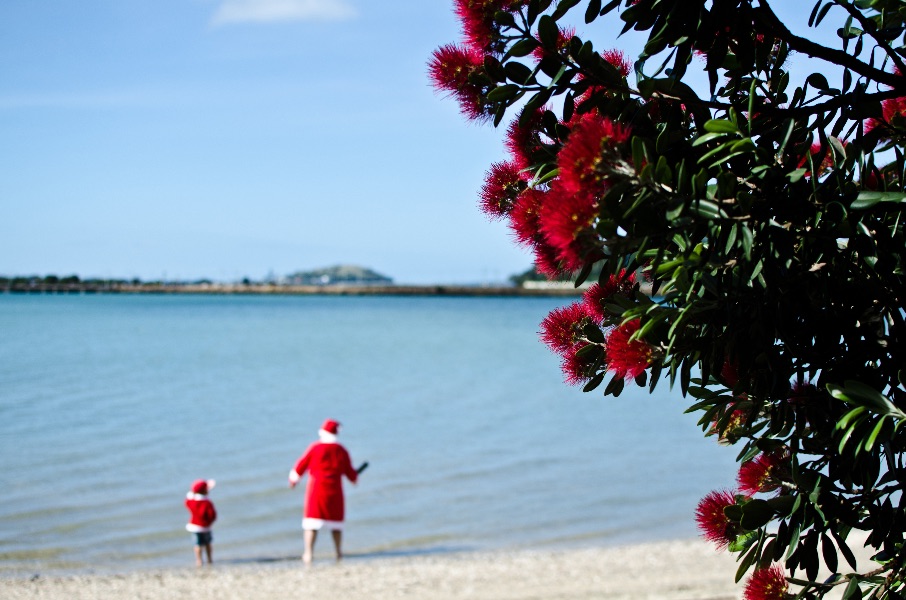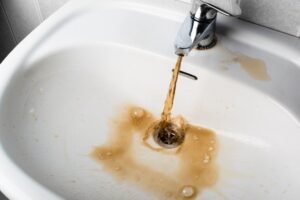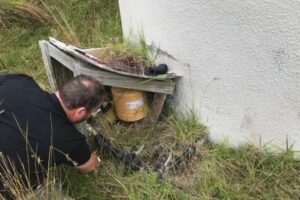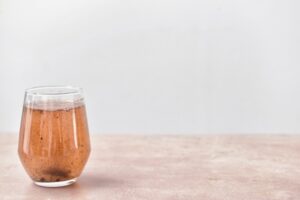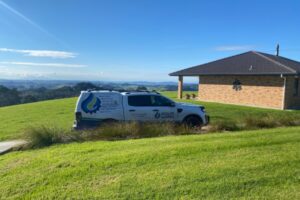Summertime is holiday time! Now it is the moment to relax and unwind. We have put together a few tips to ensure that this works in your bach. So, you don’t have any nasty surprises with your rainwater collection systems in NZ and can enjoy clean drinking water all summer long.
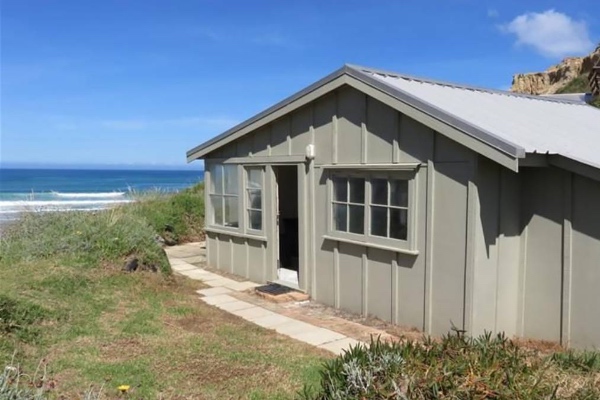
Getting into the summer mood with tasty, fresh drinking water from your rain collection systems in NZ
The summer holidays have begun, and not only the children are happy about it! For many New Zealanders, this is also the time to relax in their own bach and enjoy the freedom far away from home. It is essential to leave everyday life behind for a few weeks or even just a few days to find peace and rest.
Top tips for your rainwater collection system
Most rural and coastal baches, family homes and holiday houses have a residential rainwater collection system in NZ. This widespread water catchment method provides fresh water if you look after it well. Regular maintenance of your rain harvesting system is crucial to sustain healthy drinking water and protect your family from water-borne diseases. Bacteria, such as E. Coli, Giardia or other pathogens can grow into your water tank and plumbing system. Heavy metals can be released into your water if pipes are not flushed regularly. At Aquaworks, we have significant experience in residential rainwater collection systems in NZ. Our team has compiled a few tips and recommendations for a peaceful and relaxing stay at your bach. And if you have any questions, please feel free to contact us any time.
Lay back and enjoy reading about your rainwater collection system!
1. Overall visual check of WoF of your rainwater collections systems nz
When houses are unoccupied for an extended period, it affects the hygienic conditions within the drinking water installation. If your bach has not been used for weeks or even months, the drinking water may stand in the pipes for a long time. Consequently, this can cause hygienic problems due to legionella or bacteria such as E Coli in pipes and fittings. Additionally, other contaminants, such as heavy metals, can settle in the drinking water.
On the water tank inlet side, visually examine your guttering, the downpipes, and all tank connections. Additionally, check the water level in your rainwater tank. On the outlet side, inspect the suction line and fittings, the water pump and electrical connections for rodent chewing damage. Finally, take a look at your water filtration system. If there is nothing obviously wrong, you are good to go.
2. Flush the water lines of your rainwater harvesting system
As a general rule, you should run the water regularly at all water intakes. If faucets, showers, and toilets are not used for more than a few days, you should periodically flush the whole domestic water installation as a precaution.
Therefore, it is crucial that you flush the water lines of the rainwater collection systems nz straight after your arrival at your back. How to flush the drinking water installation of your rain harvesting system properly after the first arrival at your bach:
-
-
-
- Turn on all taps for at least 3 minutes and flush the water lines.
- Run hot water first and then cold water until a constant temperature is reached.
- Also, flush all showers and toilets regularly, at least three times a week.
-
-
3. Empty the first flush diverter
Only potable water is excellent drinking water. If your drinking water is not fit for human consumption, it is almost as bad as having no water. Therefore, you need to avoid dirty water entering the rainwater tank and thus endangering your entire water supply. The pollution of your water supply does not only happen through unwelcome intruders (i.g. insects, rodents, possums), vegetarian (i.g. in gutter, downpipes and tank), anaerobic fermentation or algae growth in the water tank.
Hazard of fine particles in your rainwater collection systems
However, contamination of rainwater also occurs by fine particles, such as pollen and gravel dust, collection on the roof of your house, which poses a risk to the water quality. These impurities are blown onto the roof and flushed into your drinking water supply with the onset of rain. If your rainwater collection system has a first flush diverter, this first “flush” of unsafe water is diverted and thus does not enter the water tank. This way, you protect the drinking water quality of your harvested rainwater and keep it potable.
Ensure that you empty your first flush diverter from any sludge and debris after your arrival. Discharge the contaminated water of the diversion chamber into stormwater or gardens. This happens manually or automatically. Give your first flush diverter a clean by removing and cleaning the plastic filter under clean water. Remove any blockages of the flow control washer and rinse under running water.
Additionally, you want to flush the downpipes between the roof and the rainwater tank. This is essential if the pipes travel underground from the top of your bach and come up beside the tank to fill it.
4. Find your water pump & check for leaks
Summer is finally here, and you are spending some time at your bach. When we go to an emergency pump call-out at this time of the year, our service technician often has to look for the water pump. It is not uncommon to find the pump hidden under long grass and weeds. Give your water pump a good start in the new season so that you can have a relaxing time in your bach and enjoy fresh drinking water. Here are a few things you can do, even if you’re not an expert.
External cleaning
Remove any grass, weed and obvious dirt from the water pump if it is not located in a protected pump box/cover or it is under the bach.
Use eyes and ears
Conduct a visual inspection of your water pump by identifying any damages and leaks. Is the ground around the pump dry, or does it show wet patches? Do also check the suction line and make sure that there are no leaks at any joints.
Listen to the sound of your pump. Is the water pump buzzing or humming? Does it make a high pitched noise, or is it vibrating?
Regular maintenance
If you’re unsure why your water pump is not operating, as expected, don’t be afraid to call our 24/7 water pump service on 0800 278 288. Maintaining and repairing water pumps is usually not a DIY job. At Aqua Works, we follow the manufacturer’s recommendation of annual service to keep your pump running reliably and efficiently. Give us a call to schedule a service appointment to ensure your pump’s longevity and optimal performance.
5. Check the operation of the water pump
Once you have checked your water pump, the suction line and fittings for obvious damage and leaks, the next step is to review the operation of the pump. Only when the water pump is primed correctly will sufficient water be delivered to the home’s hose taps. This is what you can do to check the operation of the pump.
Priming procedure
Turn the pump on the electrical switch. Let the pump run for a maximum of 20 seconds. If the pump does not deliver any water, switch it off immediately and disconnect the mains voltage. Then repeat the procedure. If the water pump does not start or, more specifically, your pump does not switch on; there is a fault. If no water is delivered and the pump starts, you may need to bleed or prime the pump. Water pumps don’t like sucking air. They will only draw water into themselves. Follow manufacturers steps for priming or give us a call to do it for you.
Pump delivers water
If your water pump functions normally and water comes from all taps and showers, turn the water off again and check whether the pump switches off. Likewise, it is a fault if the water pump does not turn off/ shut off. This also applies if the pump keeps starting and stopping even though all taps are turned off.
If your water pump fails, we recommend calling our expert team immediately. Aqua Works has vast experience with all sorts of brands and manufacturers. Our service vehicles always have pumps on board if we can’t repair your pump directly on site. This way, we guarantee that you will always have running water in your home.
6. Check water quality of your rain harvesting system?
The hygienic safety of water is essential for health and human well-being. On the way from your roof, into your water tank and finally, into your water glass, many contaminants can enter the drinking water. Bird poo, dust and organic matter (leaves, debris) from the roof of your bach get washed into your water tank. Additionally, rodents, little birds or insects can easily enter the water system and bring pathogens like E.coli or protozoa with them. But also, biofilms in your plumbing system and algae in the water tank play an important role as reservoirs for hygienically relevant microorganisms such as legionella. All of this poses an increased health risk to you and your family.
Drinking water has a weird taste/ smell/ odour
If your tank water from the rain collection systems has an unpleasant smell, unfavourable taste or any colouration, this should be an alarming sign for you. Something is wrong if you notice one or more of the following points in your drinking water.
-
-
-
- Rainwater is smelly, or water smells like metal, musty or sour.
- Rainwater tastes weird, or water tastes like dirt/ mouldy/ metallic.
- Rainwater is discoloured or not clear.
-
-
If the drinking water from the taps, shower or toilet in your bach has an unusual smell, taste, or colour, something is wrong. It would be best to act quickly because the drinking water is likely no longer safe for human consumption and poses a health risk.
7. Check all water filters or UV filtration system
A water filter has the purpose of removing unwanted impurities, contaminants, and particles from your drinking water. Protect yourself and your loved ones with an appropriate water filter system to ensure pure and healthy water enjoyment. As these filters are designed as consumable products, they should be replaced regularly or cleaned depending on the filter you have installed in your house.
UV filtration system for safe, potable drinking water
Ultimately, we recommend a UV filter for your rural bach or lifestyle block based on our many years of experience with rainwater collection systems in nz. Even if the initial costs might be higher, it pays off for your health in the end. However, whether your bach has an under bench or bench-top filter, a whole house water filtration system or a UV purification system, they must be regularly maintained or replaced to ensure reliable operation and drinking water safety. Consequently, check when the next maintenance date for your filter is due and schedule an appointment with our service team on 021 278 7427.
At Aqua Works, we are passionate about safe and healthy water. Therefore, we go the extra mile to support you in enjoying it. Please call us if you have any questions, want to schedule a service appointment or need your water pump checked. We look forward to hearing from you and will be happy to help you have a relaxing time in your bach.
Pick up your free sticker for your fridge
Our 24/7 pump call-out service is reliably at your side to make your holiday as pleasant as possible. Therefore, our expert team comes onsite to care for your water pump problems, whether you are located in Omaha, Matakana, Leigh, Snells Beach, Algies Bay or Warkworth. But we also serve the North Shore area, Dairy Flats, Coatesville and Muriwai Beach.
Our office and showroom in Warkworth will be open again from January 8th 2024, to schedule a UV service, water pump maintenance, and other requests. Call us on 0800 278 296.
